This article was written by R. Ben Ismail and reviewed by B. d’Aligny and G. Morlat.
In this article, we will walk together step by step into one of the most fascinating worlds of physics. Bring your curiosity and imagination and let’s get started to delve into !
What is physics?
Physics is the study of the behavior of nature, how things move and what they’re made of. Quantum mechanics is the part of physics that delves into the behavior of the tiniest particles in the universe. Its strange nature has sparked debates among scientists and thinkers, challenging our classical understanding of reality. However, through rigorous experimentation and advanced theoretical developments, we now possess a more refined and sophisticated understanding of quantum mechanics, which continues to reshape our fundamental perceptions of the world.
We will introduce the fundamental principles of quantum physics, drawing from renowned historical experiments. We aim to present these concepts in a manner that surpasses the sensationalism and hype often linked with the field.
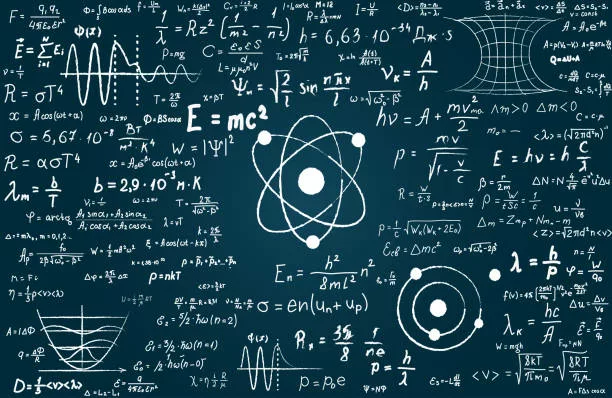
Is Light a wave or a particle ?
In classical physics (simply, this term refers to physics before quantum physics), objects are typically described either as particles or waves, depending on their characteristics and behavior. Particles are considered discrete entities with definite positions and speeds. Think of a ball rolling down a hill or a car moving along a road – They follow deterministic paths, and they have properties, such as mass and velocity.
In classical physics, waves such as sound waves ripples on the surface of the water, are characterized by their propagation through a medium. Waves have properties such as interference, diffraction, and superposition, like when you throw two small stones into a pond and see the patterns where the ripples overlap – sometimes they make bigger waves (constructive interference), and sometimes they cancel each other out (destructive interference).
Should light be seen as a particle, or a wave?
This question bothered scientists for centuries. Sir Isaac Newton, in the 17th century, proposed that light consists of particles.
In the 1800s, experiments by scientists like Thomas Young and Augustin-Jean Fresnel provided strong evidence for the wave nature of light by showing the diffraction and interference of light which are wave properties.
Nevertheless, waves need a medium to propagate, then how does sunlight travel toward us considering there is nothing but a vacuum between the Sun and the Earth ?
If light was a particle, the problem of the propagation in the vacuum like in space would be solved, but then, how can we explain the diffraction phenomena ?
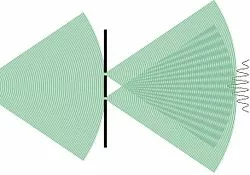
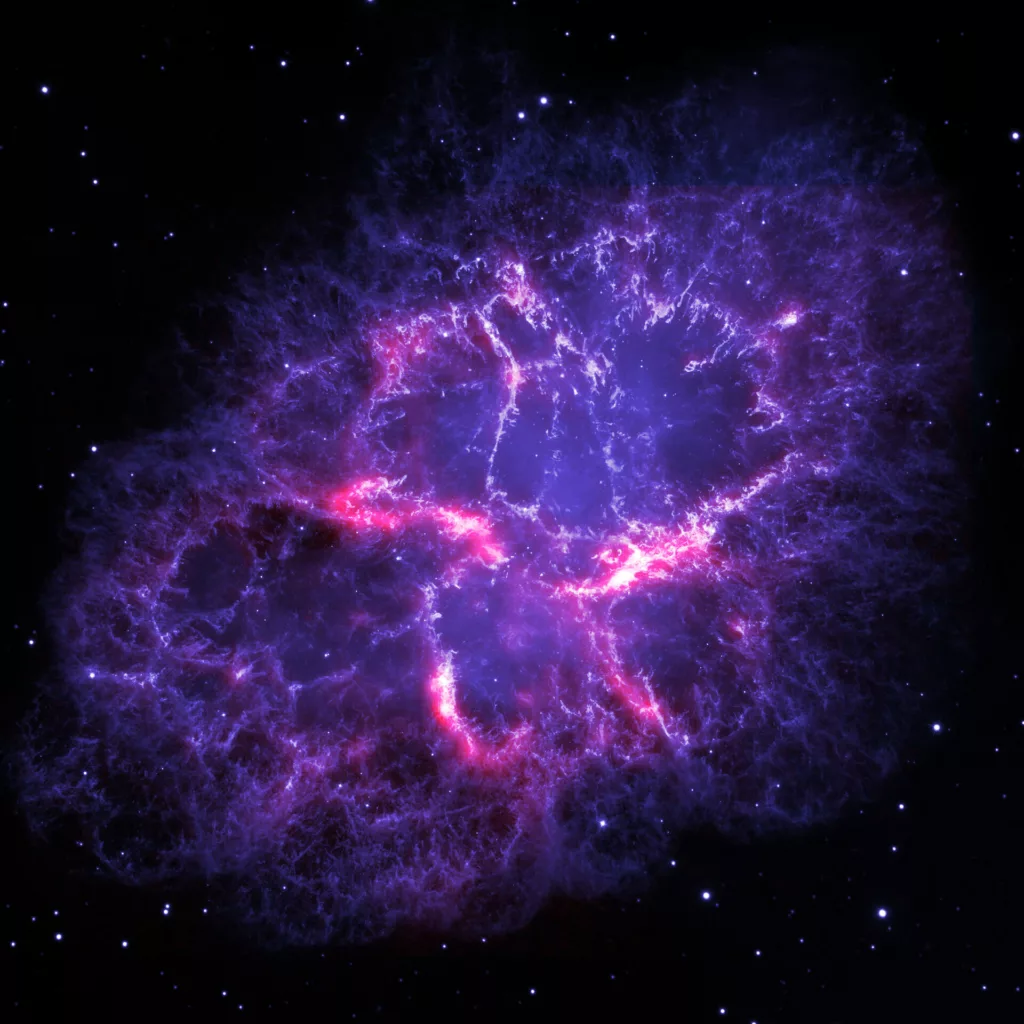
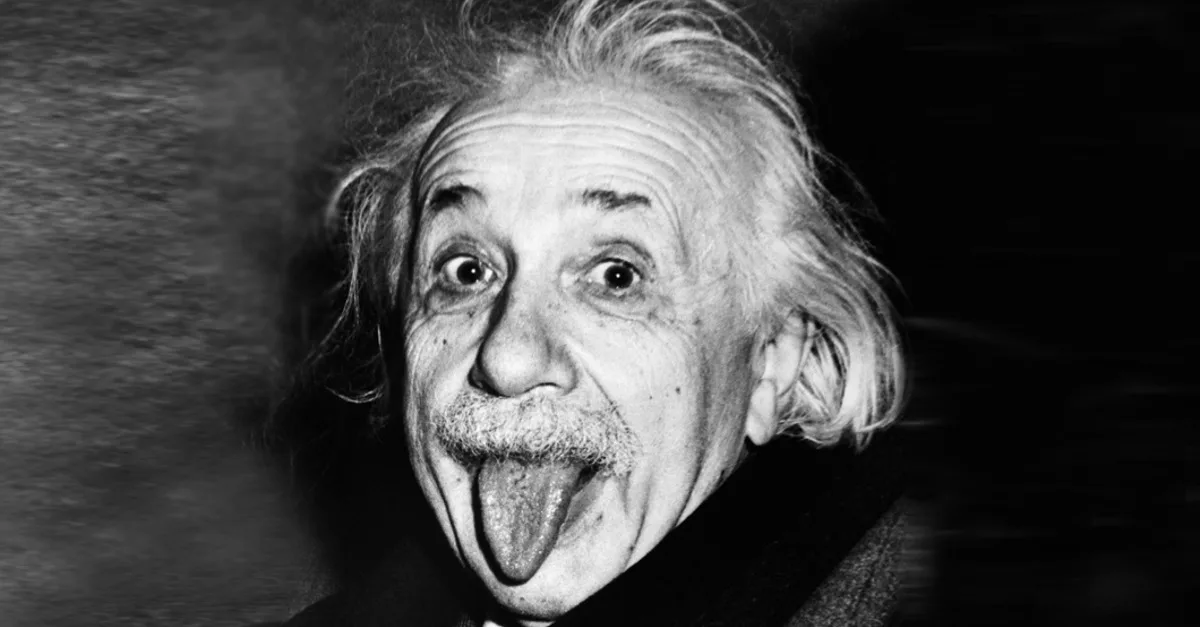
The notion of Quanta
Everything started in 1900 when Max Planck, the father of quantum physics, employed the word “quanta” to describe packets of energy. Planck proposed that energy is not emitted or absorbed continuously but rather in discrete units or “quanta”.
In 1905, when he discovered the photoelectric effect for which he obtained the Nobel Prize in 1921, Einstein proposed the idea of a light quanta (the photon), which is a little packet of light. In other words, light exhibits behaviors belonging to the “wave” category such as interference as well as traits akin to “particle” behavior. Yet, it doesn’t squarely fit into either category. To make this more palpable, we can say that it’s both.
The wave-particle duality
Twenty years later, scientists discovered that matter itself could exhibit wave-like behaviors, just like light. They figured this out by observing that electrons interfere with each other, and other problems like atomic stability remained unsolved by classical physics. That’s what we call the corpuscle wave duality.
When my teacher explained to us the corpuscle wave duality, he took the example of a pencil case. When you observe it in 3D, it’s a cylinder. But when you observe it in 2D, it’s both a circle or a rectangle. In the quantum world, particle and wave are two distinct visions of the same thing, that scientists use to explain different cases.
After a lot of head-scratching, they finally sorted things out and found some concepts to explain everything. Now, we’re about to lay out these rules that help us understand how matter behaves in the quantum world.
We recommend watching the following video produced by the YouTube channel ‘La Physique Autrement’ to better visualize this phenomenon.

Quantum States and Superposition
In quantum mechanics, a quantum state describes the state of a quantum system. It encapsulates all the information that can be known about the system at a particular moment.
A quantum state can include various properties such as position, velocity, energy, etc. What is really important to understand here is that on the quantum scale, the states are discretized.
For example, an electron in an atom can only be in certain levels of energy, and can’t be between two of them. That’s one of the big difference between quantum physics and classical physics.
You can see it on this illustration of the energy states of an electron in an atom. The waves represent a photon which is emitted or absorb in order to fill the energy gap. (Source : https://www.nagwa.com)
Superposition is the fact that, at the same instant, the particle (which can also be seen as a wave) is in several quantum states at the same time.
To take the electron as an example, it is in several places, with different speeds and energy levels, at the same time.
The electron will have a certain probability of being in one place or another when we observe it. This is why we often speak of the probabilistic aspect of quantum physics.
To better understand the superposition, Schrodinger proposed a thought experiment now known as the Schrodinger’s cat.
Schrödinger’s cat
The Schödinger’s cat is a thought experiment proposed by Erwin Schrödinger in 1935. In this experiment, a cat is placed in an opaque box. In this box there is a bottle containing some deadly gas and a radioactive source. If the radioactive source disintegrate, which is a quantum phenomena, the bottle breaks and the cat dies. There is a known probability that the source disintegrate. What is interesting in this thought experiment, is that before we open the box to see if the cat is still alive, it can be both dead and alive. The Copenhagen interpretation stipulates that the cat IS dead AND alive.
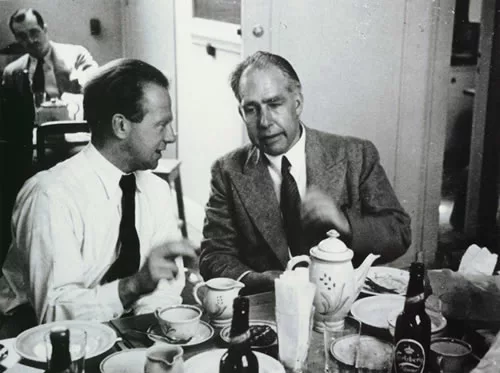
The Copenhagen Interpretation
The Copenhagen interpretation, pioneered by Niels Bohr, Werner Heisenberg, and Max Born, is one way of understanding the strange and fascinating world of quantum mechanics and is the interpretation which is the most accepted today.
In everyday life, we’re used to thinking of things being in definite states. For example, a light switch is either on or off. But in the quantum world, things behave differently. According to the Copenhagen interpretation, at a very small scale, particles like electrons and photons don’t have definite properties until they are observed. Instead, they exist in a kind of fuzzy state of possibilities (superposition of multiple states), where different outcomes are possible with certain probabilities.
Diffraction of electrons
In the double-slit experiment, interference occurs because electrons can take multiple paths simultaneously due to superposition. This means that each electron can travel through both slits at the same time, creating a wave-like pattern of interference when they interact with each other. Based on that, the fact that there are positions on the screen that are never reached is due to destructive interference. This is a concrete example of when a particle, such as an electron, behaves as a wave.
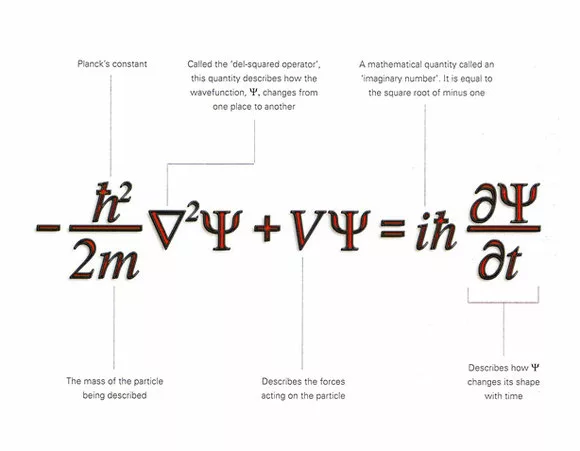
Schrödinger’s equation
The Schrodinger’s equation is a fundamental equation in quantum mechanics. It describes the evolution of a particle in the time. The variable in the equation is what we call the wave function of the particle which is a function of the quantum states of the particle. The wave function can be seen as the probability that the particle is in one quantum state (e.g. one position).
Quantum Decoherence
We call decoherence the phenomenon when a particle loses its quantum properties, such as having superposed states, we say the quantum state collapses.
It is due to the interaction of the quantum particle with the environment, for example via an observation. Decoherence helps us understand why we can’t see weird quantum stuff in everyday life, like Schrödinger’s cat being both dead and alive. It’s like pulling back the curtain on a magic trick—decoherence reveals how quantum jumbles turn into regular old probabilities. So, instead of something mysterious, we end up with a simple 50-50 chance of the cat being dead or alive. No magic tricks, just the plain science behind it all. Conversely, when an atom or an electron is isolated from its environment, decoherence is reduced and the quantum behavior is preserved. For instance, when scientists have managed to make electrons interfere in a double-slit experiment.
Decoherence is the strongest enemy of quantum technologies which remain on the superposition and the probabilistic behavior of quantum mechanics. Simply, it means that we cannot conserve the quantum information for a long time which leads to the loss of any form of quantum advantage.
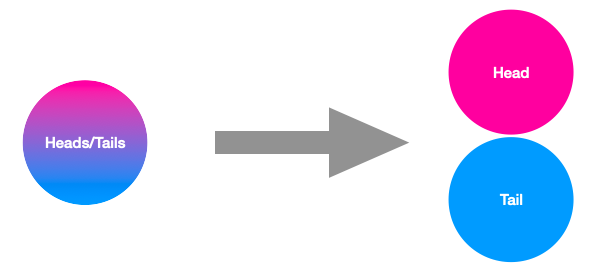

Quantum Entanglement
Imagine you have two magical coins, and you give one to your friend who lives far away. These coins are special because they’re entangled. Now, whenever you flip your coin and it shows heads, your friend’s coin instantly shows tails, and vice versa, no matter how far apart you are. This spooky connection is what scientists call “entanglement.”
So, if you check your coin and see heads, you know your friend’s coin must be tails, even if they’re on the other side of the world! It’s like they’re connected by an invisible string that lets them communicate instantly.
In quantum physics, we can observe such a behavior. For example, two electrons can be entangled. To better understand what it involves, we need to define the properties of both electrons. As we’ve said before, the electrons are in a superposition of states. Then, we know that electron 1 has 50% chance of having a speed v1 and 50% of having a speed v2. It is the same with the electron 2 for which we will name the speed s1 and s2.
As we have explained before, observing electron 1 will collapse its quantum state and the speed of the electron will be fixed, let’s say v1. With two distinct particle, the observation of electron 1 wouldn’t impact electron 2 for which the speed would remain probabilistic.
Here comes the entanglement : when we observe electron 1, instantaneously electron 2 fixes a speed, s1 or s2.
This strange behavior, where one particle’s state instantly affects the other’s, is what we call “non-locality” in quantum physics. It’s as if the electrons are breaking the rules of space and time to stay connected by communicating faster than the speed of light which is a huge problem regarding Einstein’s Relativity. This is one of the most mind-boggling aspects of the quantum world.
EPR Paradox
Named after Einstein, Podolsky, and Rosen, the EPR paradox challenged the Copenhagen interpretation, arguing that current quantum mechanics phenomena contradict Einstein’s theory of relativity. Indeed, Albert Einstein shows that the ultimate speed limit in the universe is the speed of light which is finit. However, Non-locality in quantum mechanics (quantum entanglement) implies faster-than-light communication. They concluded that quantum mechanics must be incomplete. Albert Einstein, focusing on this problem in his later years, tried to introduce hidden variables to avoid the implications of non-locality. This explanation needs some variables that we can’t see which could tell the properties of the particle from a deterministic way, and it would solve the problem of non-locality because no communication would be necessary if the information has always been there.
A famous story tells that one day, debating on the probabilistic properties of the quantum world, Einstein who wasn’t convinced by this interpretation, told Niels Bohr, ‘God doesn’t play dice with the Universe’. Bohr answered ‘Who are you to tell god what he has to do ?’.
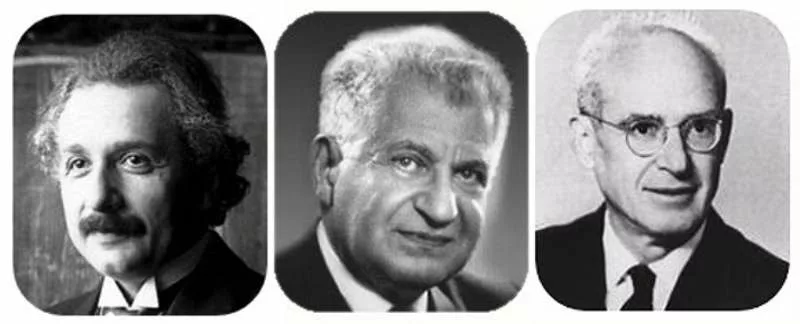

Bell’s Inequalities
In 1964 John Stewart Bell created a bunch of relations that entangled quantum states need to satisfy in order to validate the hidden variable theory of Einstein, which is called ‘local deterministic theory with hidden variables’.
This remained only theory until 1982 when French Physicist Alain Aspect found the way to make the experiment imagined by Bell 20 years before.
Aspect’s experiment showed the violation of Bell’s inequalities, showing that quantum mechanics does indeed operate non-locally. He won the 2021 Nobel Prize for his work.
Conclusion
Dear reader, I trust you found this exploration of the foundations of quantum mechanics intriguing. You already know all the main phenomena that govern our world at small scales and can understand how quantum technologies work!
Presently, we find ourselves amidst the second quantum revolution, marked by exciting developments and endeavors. Promising applications and projects abound, including advancements in quantum computing, quantum internet, quantum sensing, and quantum cryptography. The landscape of technology is evolving rapidly.
